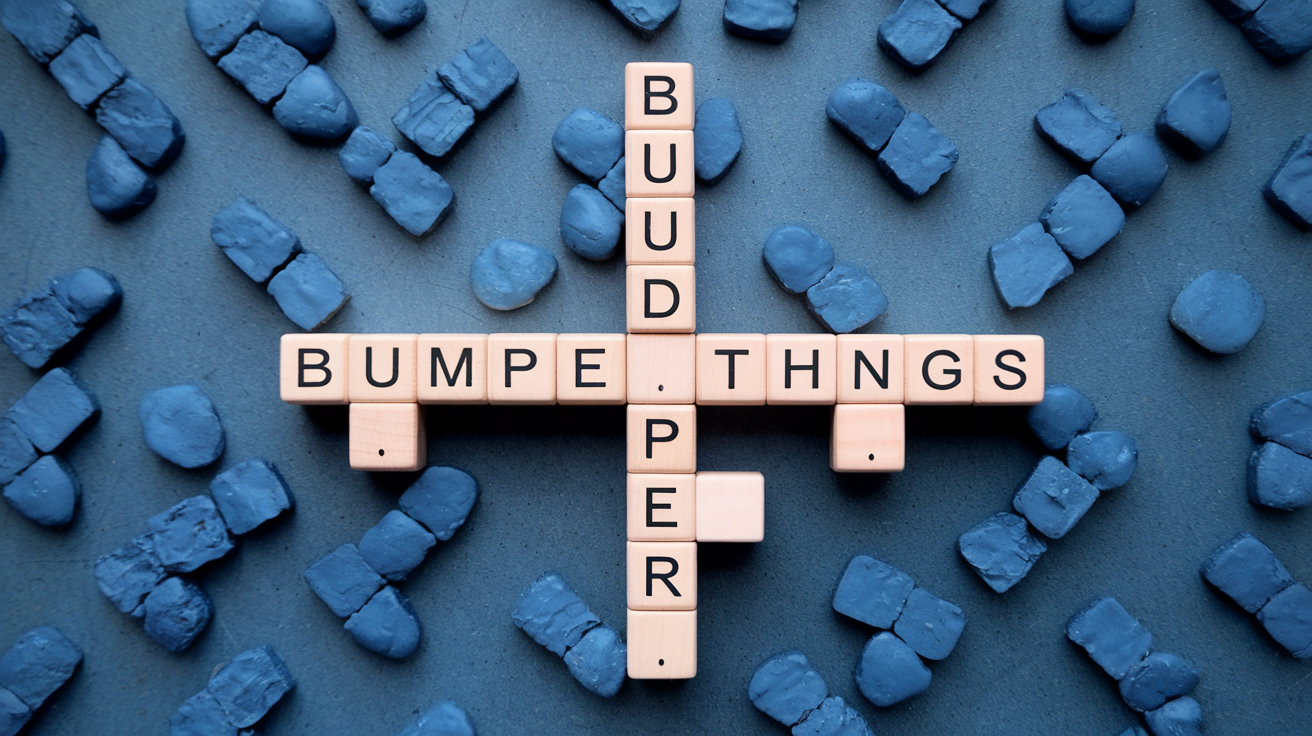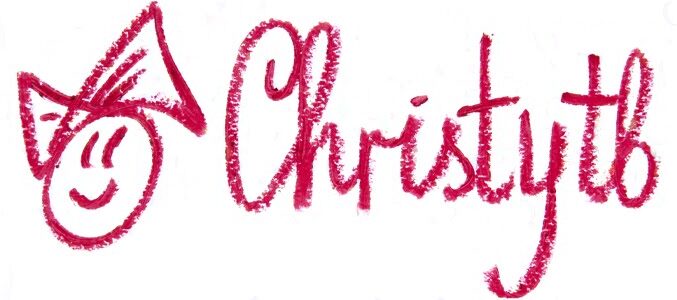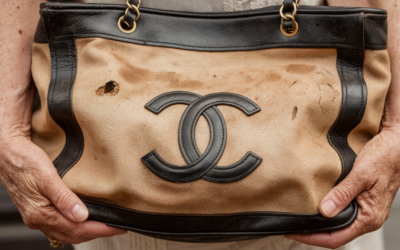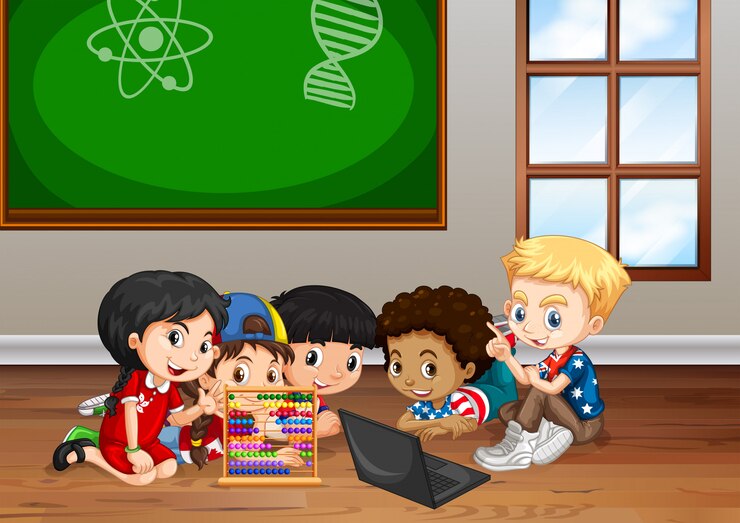Bumped Things NYT Crossword: Solving Clues with Ease

Crosswords have long been a beloved pastime for puzzle enthusiasts. Among them, the New York Times Crossword stands as a pinnacle of wordplay and challenge. One term that intrigues many solvers is bumped things nyt crossword, a clue that has puzzled even seasoned players. If you’re eager to master such clues, this article provides insights into the art of solving NYT crossword puzzles, with specific focus on interpreting “bumped things” and other tricky prompts.
What Does Bumped Things NYT Crossword Mean?
The term “bumped things” in a crossword clue often points to a phrase or word involving collisions, encounters, or changes in position. In NYT crosswords, such clues lean on double meanings, idioms, or wordplay.
For example, “bumped things” could relate to physical interactions, such as “collided cars,” or metaphorical ones, like “rescheduled appointments.” Understanding these layers is crucial for solving the NYT’s clever yet cryptic puzzles.
Why NYT Crosswords Are Unique
The New York Times Crossword is celebrated for its:
- Sophistication: Clues often feature wordplay, cultural references, and clever misdirections.
- Diversity: From beginner-friendly Mondays to brain-twisting Saturdays, the puzzles cater to a wide range of solvers.
- Reputation: Solving an NYT crossword is a badge of honor among puzzle enthusiasts.
“Bumped things” exemplifies the NYT’s penchant for embedding multi-dimensional meanings into its clues.
Strategies for Solving Bumped Things Clues
1. Break Down the Clue
Examine each word in the clue for potential meanings. “Bumped” may imply a collision, a promotion, or a change in schedule.
- Think of synonyms like “moved,” “hit,” or “rescheduled.”
- Consider broader interpretations that align with the theme of the puzzle.
2. Leverage Crossings
The letters you gain from crossing words can guide you toward the answer. Start with the easiest clues to fill gaps.
3. Look for Context Clues
In themed puzzles, “bumped things” might align with a central concept or wordplay pattern.
4. Stay Open-Minded
NYT crosswords often employ puns, idioms, and cultural references. Keep these possibilities in mind as you solve.
Common Challenges in the NYT Crossword
Ambiguous Clues
Words like “bumped” have multiple meanings, making it essential to consider all possibilities.
Thematic Twists
On certain days, the NYT incorporates themes that influence clue interpretations. Knowing the theme can simplify solving.
Misleading Simplicity
Short, straightforward clues can be deceptive. “Bumped things” might seem obvious but could require lateral thinking.
The Evolution of Bumped Things in Crosswords
Clues like “bumped things” are a testament to the NYT crossword’s evolving nature. Early puzzles focused on straightforward definitions, while modern crosswords rely heavily on cultural nuance and layered meanings.
- 1980s and Earlier: Simple definitions dominated.
- 1990s: Wordplay and themes gained traction.
- Today: Crosswords like the NYT’s blend linguistics, culture, and creativity, creating rich solving experiences.
“Bumped things” encapsulates this transformation by challenging solvers to think beyond surface meanings.
Famous NYT Crossword Puzzles Featuring “Bumped Things”
While “bumped things” may not appear in every puzzle, similar clues have delighted solvers over the years. For instance:
- Themed Friday Puzzle (2015): Clues related to rescheduling or promotions.
- Saturday Brain-Teaser (2021): Featured physical and metaphorical interpretations of “bumping.”
Each puzzle offered fresh perspectives on familiar concepts, rewarding solvers who approached clues creatively.
Tips for Mastering NYT Crosswords
1. Build a Strong Vocabulary
A robust vocabulary is essential for understanding nuanced clues. Read widely and learn common crossword terms.
2. Practice Wordplay
NYT puzzles often rely on puns, anagrams, and idioms. Familiarity with these techniques will boost your solving skills.
3. Solve Regularly
Daily practice improves your ability to recognize patterns and themes.
4. Use Online Resources
Tools like crossword dictionaries and forums can help when you’re stuck.
Examples of Bumped Things Clues and Answers
Clue: “Bumped up schedule”
Answer: RESCHEDULED
Clue: “Bumped into a chair”
Answer: COLLIDED
Clue: “Bumped things in line”
Answer: PROMOTIONS
Each answer reflects a different interpretation of “bumped,” showcasing the clue’s versatility.
Why People Love NYT Crosswords
Mental Stimulation
Solving puzzles strengthens cognitive skills, enhancing memory and problem-solving abilities.
Cultural Engagement
Clues often reference literature, music, history, and pop culture, offering a well-rounded intellectual experience.
Community
The NYT crossword community is vibrant, with forums, blogs, and social media groups providing a space to discuss puzzles.
The Role of Themes in Crosswords
Themes play a significant role in solving puzzles, especially in the NYT. They guide interpretation and provide cohesion. “Bumped things” might appear in themed puzzles exploring movement, conflict, or change.
How to Avoid Common Mistakes
Rushing Through Clues
Misinterpreting clues often stems from haste. Take time to explore all possible meanings.
Ignoring Crossings
Crossing letters can be invaluable, particularly for difficult clues like “bumped things.”
Overthinking Simple Clues
Sometimes, the most straightforward answer is correct.
Frequently Asked Questions
What does “bumped things nyt crossword” mean?
It typically refers to clues involving movement, collision, or changes in schedule or priority.
How can I solve NYT crossword clues effectively?
Start with easy clues, use crossings to guide you, and think creatively about word meanings.
Are there online tools to help with NYT crosswords?
Yes, crossword dictionaries and solvers can assist when you’re stuck.
What’s unique about the NYT crossword?
It combines intellectual challenge with cultural references, offering a unique solving experience.
How often do clues like “bumped things” appear?
While not frequent, similar clues reflecting movement or change are common.
Is “bumped things” always literal?
No, it often has metaphorical meanings or relates to wordplay.
Can beginners solve NYT crosswords?
Absolutely! Start with Monday puzzles, which are easier, and work your way up to the challenging Saturday grids.






